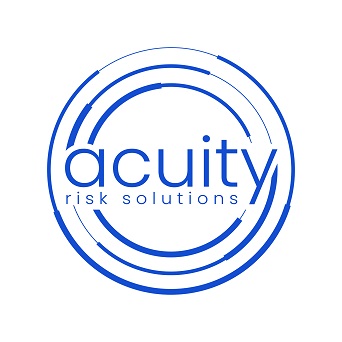Medical providers are our front-line defence for health issues, but who’s helping them to stay ‘healthy’? Read on for sector-specific risk management to help protect your business.
Healthcare practices’ risk factors to consider
Common risks for medical practices include:
- Compliance with the standards of the Royal Australian College of General Practitioners, which aim to improve services’ quality and safety to protect patients from harm. They’re a great resource to identify and deal with gaps in your systems and processes. Your state may have a clinical governance framework, such as in Victoria.
- Security, privacy, and data management – not just patient information, but that of your staff, suppliers, and other customers. The Office of The Australian Information Commissioner (OAIC) offers factsheets about patients’ rights to their health information. The OAIC also sets out responsibilities about notifiable data breaches
- Worker safety, including ergonomic, burn out, biological, chemical, medical equipment, occupational violence/bullying/harassment, fatigue, etc
- Workplace health and safety, such as slips, trips and falls, infection control, etc.
A newer risk involves the use of generative artificial intelligence (AI), such as ChatGPT, in your processes (and maybe even diagnoses). This open-source article, published recently in the Journal of Medical Internet Research, describes the technology as a double-edged sword.
AI has promise as a tool for medical documentation, but risks include false information and not being up to date with medical developments. Human judgement is a key to ensuring quality.
Review your risk management matrix & check it covers physical, regulatory, psychosocial, ethical, technological, operational, clinical, legal, staffing, business continuity, and workforce issues.
Strategies to reduce risk
The Safe Work Australia guide lists a three-tiered approach for medical/healthcare sector that aims to:
- Eliminate risks, but if this is not possible
- Be reasonably practical in minimising them
- Use administrative control measures.
Focus on minimizing financial risks by reviewing your risk management plans for handling medical errors, compliance breaches, reimbursement levels, malpractice claims, and insurance claims, as these issues affect finances regardless of the outcome.
Consider the risk multiplier effect, which requires a comprehensive view of risks, including indirect effects from events like the COVID-19 pandemic and the Israel-Palestine conflict.
For more on risk multipliers, see the 2023 BDO Global Risk Landscape Report. Also, explore KMPG Australia’s future trends, predictions and opportunities for the healthcare system.
Benefits of effective risk management for healthcare
According to a World Hospital Health Services’ study, developing methodical risk management plans can cut the costs of risks to your health practice. Other benefits include:
- Improved efficiency and efficacy
- Enhanced reputation
- Better compliance.
Types of insurance medical practices need
A key part of your risk management approach is investing in tailored insurance. Typically, you should consider:
- Workers’ compensation: mandatory if you have staff.
- Professional indemnity: covers you, partners, and staff against claims for confidentiality breaches, civil liabilities, or negligence.
- Medical malpractice insurance: covers health professionals and the practice against patient lawsuits for treatment errors.
- Business or office insurance: protects building and contents from fire, theft, water, and property damage.
- Cyber insurance: provides coverage in the event of a cyber attack.
Protect your practice with our guidance – talk to us today to help you review your policy coverage.
If you would like to know more tips about medical practice risk management, please CLICK HERE, or contact us for more information.

